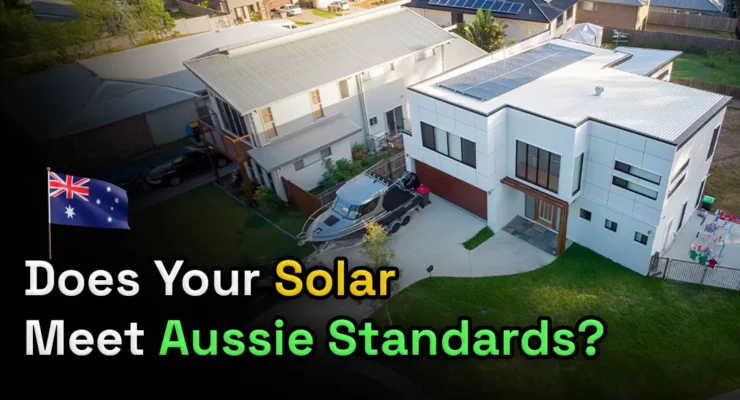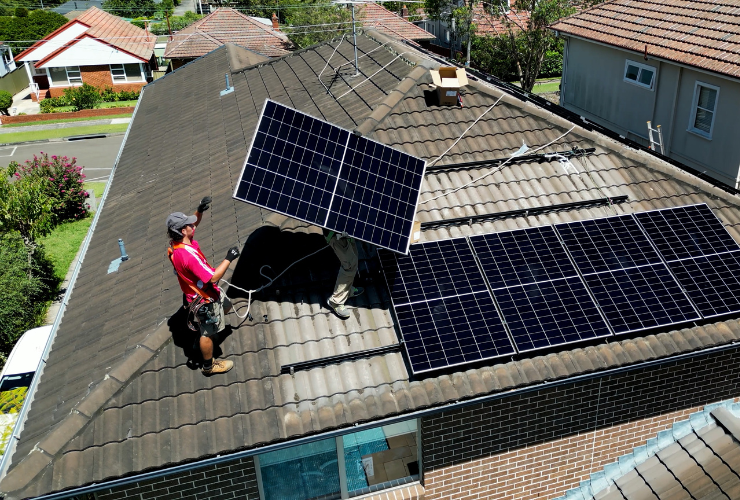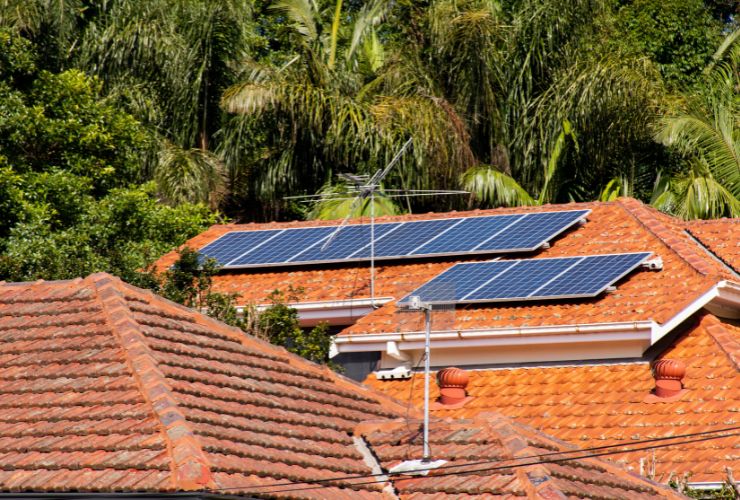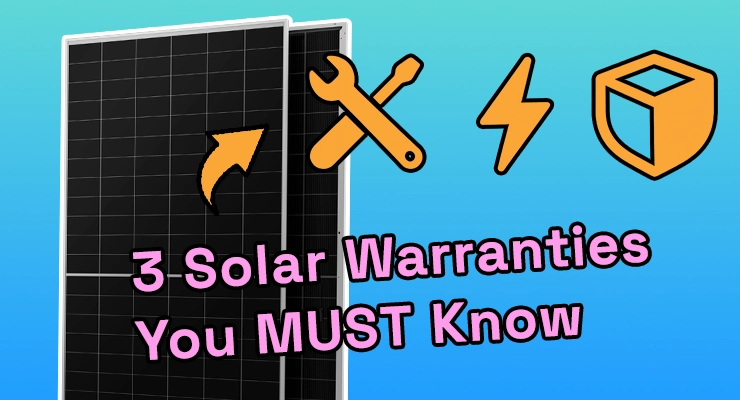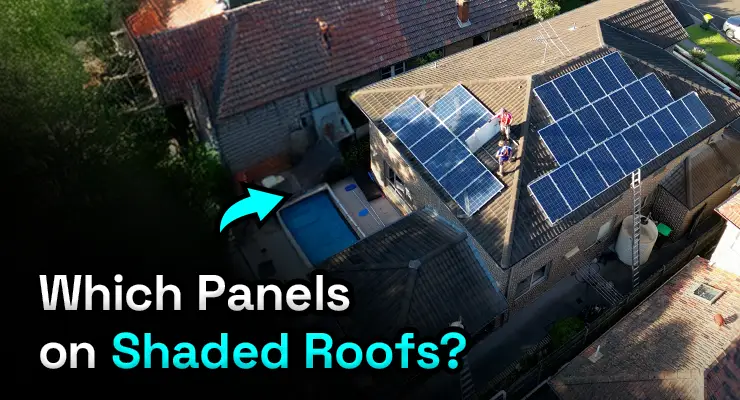Fast read
Making sure your solar or battery system complies with Australian regulations isn’t just a box- ticking exercise—it’s critical for safety, system performance, and eligibility for rebates like STCs. The key? Use Clean Energy Council (CEC)-approved products, hire accredited installers, and follow both national standards (like AS/NZS 5033 and AS/NZS 3000) and state-specific rules. With the right guidance, compliance doesn’t have to be complicated.
How do I ensure my solar system complies with Australian standards?
Installing a renewable energy system is a significant investment. Ensuring it complies with Australian standards protects that investment by:
- Guaranteeing electrical and fire safety
- Optimising system performance over time
- Qualifying your system for government incentives like Small-scale Technology Certificates (STCs)
Non-compliant systems may not only underperform—they may pose serious risks and be ineligible for financial support.
What Australian standards apply to solar installations?
Several key standards govern how solar and battery systems must be designed and installed in Australia:
AS/NZS 5033:2021 – Photovoltaic (PV) array installation
This is the cornerstone of solar safety standards. It covers everything from panel wiring to array layout and was updated in 2021 to better align with international norms and new technology, like DC isolator requirements and arc fault detection.
AS/NZS 3000 – Wiring Rules
Known as the ‘bible’ of Australian electrical safety, this standard governs all general electrical work, including solar. It sets the framework for how your system connects to your home safely.
IEC 61215:2021 – PV module quality
From October 2024, only solar panels certified under this international testing standard will be eligible for STCs. It ensures panels meet rigorous performance and durability benchmarks, such as withstanding extreme Australian weather conditions.
How do I choose compliant solar and battery equipment?
Always choose components from the CEC’s approved product lists:
- Solar panels must appear on the CEC’s approved PV module list, confirming they meet IEC 61215 and other relevant standards.
- Inverters should be listed on the CEC-approved inverter list (including hybrid and battery inverters like Fronius, Sungrow, and SolarEdge).
- Batteries, if installed, must also comply—brands like Tesla Powerwall and Sigenergy often feature due to their certification and robust integration.
These lists are regularly updated, so even reputable brands can drop off if they fall out of compliance.
Why is a CEC-accredited installer essential?
Only systems installed by a Clean Energy Council-accredited installer are eligible for government rebates like STCs. But more importantly, accreditation ensures:
- Installers understand current safety and design standards
- Your system is sized and installed correctly
- You’re protected under warranty and consumer rights frameworks
Tip: Ask your installer to provide their accreditation number and check it via the CEC website.
Are there extra rules in my state or region?
Yes—each state or territory may have unique requirements:
- Victoria, for example, requires specific pre-approval processes through Solar Victoria, including the use of authorised retailers and additional compliance checks.
- Queensland mandates electrical safety certificates before grid connection.
- DNSPs (Distribution Network Service Providers) like Ausgrid or SA Power Networks may have extra technical requirements for grid connection, inverter export limits, or remote shutdown capability.
Your installer should manage these approvals—but it’s good to be aware and double-check.
How do I keep up with changing solar regulations?
Regulations evolve quickly as technology advances and safety standards improve. To stay compliant over the life of your system:
- Stay in touch with your installer, especially before making system changes (e.g. adding a battery).
- Refer to the CEC and Clean Energy Regulator websites for current rules, especially if you’re considering upgrades or new installations.
- If you’re part of a solar rebate scheme, monitor emails or updates from the administering body.
What happens if my system doesn’t comply?
Non-compliance can have serious consequences:
- Safety hazards, including the risk of electric shock or fire, especially with poor DC wiring or overloaded circuits.
- Loss of financial incentives, such as STCs or state-based solar rebates.
- Voided warranties if incorrect installation leads to failure.
- Legal penalties, particularly if faulty systems cause injury or property damage.
Final thoughts: Compliance is your system’s foundation
Ensuring compliance with Australian standards is about more than paperwork—it’s about protecting your safety, your savings, and the environment. By choosing CEC-approved products, working with accredited professionals, and staying informed about evolving standards, you can enjoy reliable, efficient solar energy for years to come.
If you’re planning a new system or upgrading an old one, Your Energy Answers can connect you with vetted local experts who’ll make sure your system ticks every compliance box.
